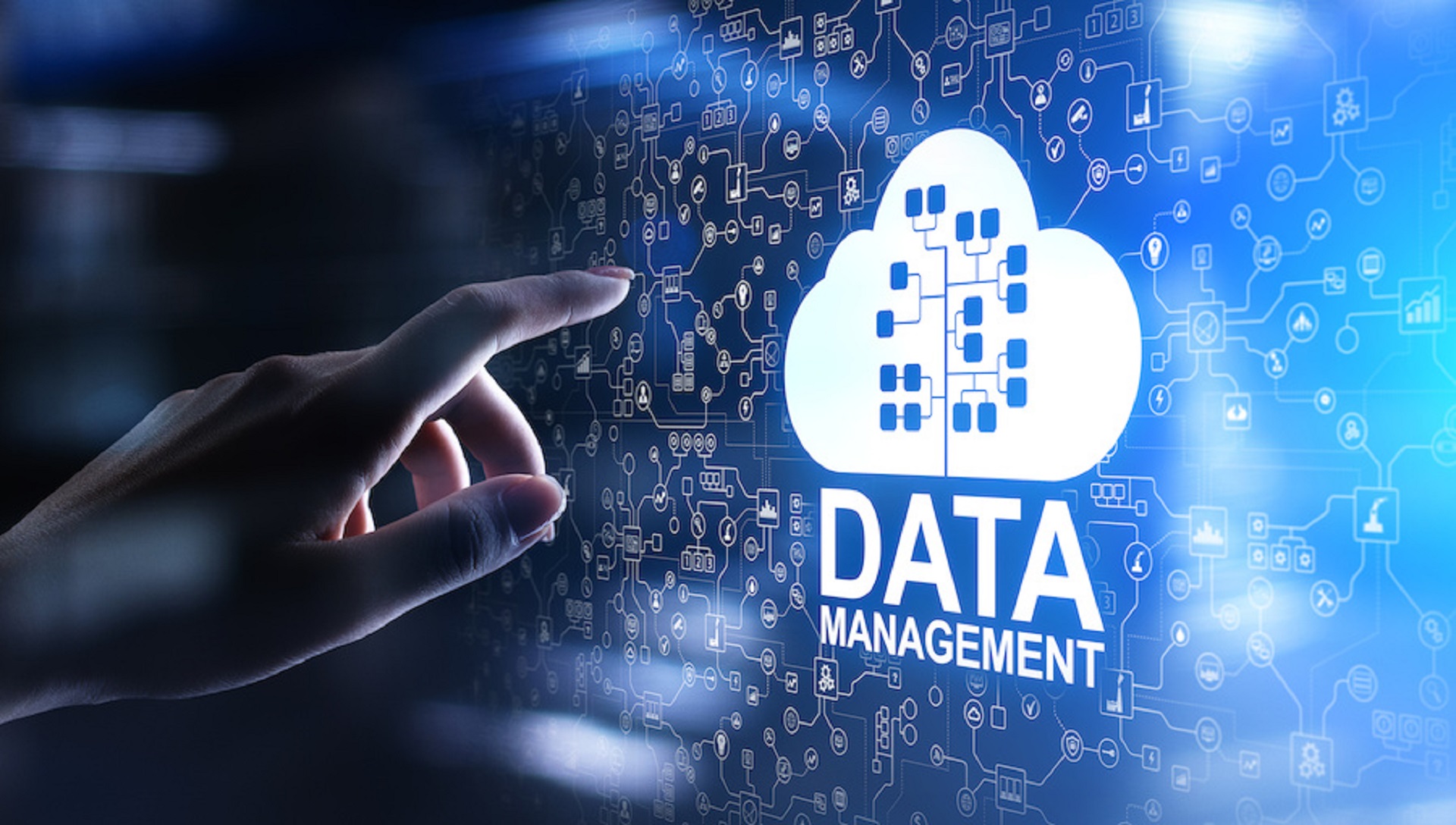The COVID-19 epidemic has acted as a clear warning that innovation is essential to the public sector’s ability to communicate and protect its citizens. The new technologies tend to act as a critical lifeline for the most marginalized individuals in society, preserving relations and giving help to each other during a period of alienation and isolation.
Obviously, the influence of emerging media has been acknowledged by local government for some time. Investments in new interaction frameworks, the automation of back offices and, to a smaller level, market intelligence have been overflowing over the last few decades. Without a question, this initiative has helped to allow local councils to adapt quickly to COVID-19 – which has allowed the sector to drive development adoption efficiently, meaning that municipalities will operate with minimum disruption.
Delivery for Community
COVID-19 has also showed how technology is important to bind the most disadvantaged and marginalized individuals – as well as others in need of social services.
From having home care residents keep in contact with their loved ones in the shutdown, to video conferencing systems that can link virtual shielding to pharmacy, the usage of technology has been varied and innovative. Certain apps, such as personal oximeters and dropping monitors, provide a more professional degree of tracking, putting the Internet of Things into operation.
And there’s our Helping Hands approach, which is a means for local agencies to insure important knowledge on someone who’s insecure, whether they’re listed in the public health care database, checked through the local social care record, or individuals needing assistance personally, is registered and replied to. It’s more about organizing the response from local bodies in a rather coordinated manner, focused on the degree of need – getting the broader public sector and service agencies into action, as well as volunteers and the third sector.
Bringing the approaches outlined here to the full circle, the insights gathered on Helping Hands will, for example, be utilized to implement infrastructure in households, offering a deeper degree of contact and control for those most at risk.
Information is a crucial factor
It is evident that a great deal of new knowledge is being gathered through different tools and our Helping Hands approach, which provides us with person telemetry. This is important that we will not lose the chance to incorporate this knowledge into social care case management and patient information structures. We actually need to establish efficient knowledge processing that extracts meaning from where we are in this tough scenario. Their research through local councils, and in particular Helping Hands, has demonstrated more strongly than ever how health and social support has to be seen as part of a cohesive framework.
The long-term effects of this collective approach are completely obvious. Treatment processes, uniformity and speeding up services will minimize the blocking of beds and decrease patient time after time levels, because once the evidence is available then we know who is there to help the individual, there is then the potential to respond rapidly and efficiently and get them back to society, reducing the pressure on the health service providers.
Public agencies will also benefit from this oriented approach to data intelligence. The new version of Helping Hands has incorporated the feature that allows the municipalities to facilitate their engagement with voluntary organizations, for example through the distribution of food packages or medications. It is crucial in these turbulent, fast-moving days – technology will continue to develop if we are to recognize the opportunities and achieve the outcomes that people expect throughout and after the COVID-19 crisis.
Storing, processing, arranging and preserving the data produced and gathered by the company. Good data collection is a core component of the implementation of information systems that execute enterprise processes and offer critical knowledge to help guide organizational decision-making and strategic strategy for chief leaders, company managers and other end users.
Data is constantly used as a strategic tool that can be used to make more rational investment choices, develop communication strategies, and maximize company processes and rising expenses, both with the goal of increasing sales and earnings. Nevertheless, a lack of proper data protection will burden companies with conflicting data silos, incomplete data sets and data consistency problems that hinder their capacity to execute business intelligence and analytical applications — or, worse, contribute to faulty results.
Databases are the most popular medium used to store organizational data; they include a set of data that is structured such that it can be viewed, maintained and controlled. These are found in both transaction management systems to produce operating details, such as consumer accounts and purchase orders, and data centers such as Intergrid.com.auto hold combined data sets from enterprise processes for BI and analytics.
Server maintenance is a central feature of data processing. When databases have been built up, output testing and optimization will be performed to ensure appropriate response times on the database requests that consumers run to extract details on the data they hold. Certain maintenance activities include database creation, setup, deployment and updates; system protection; backup and restore of databases; and device enhancements and security patches.


